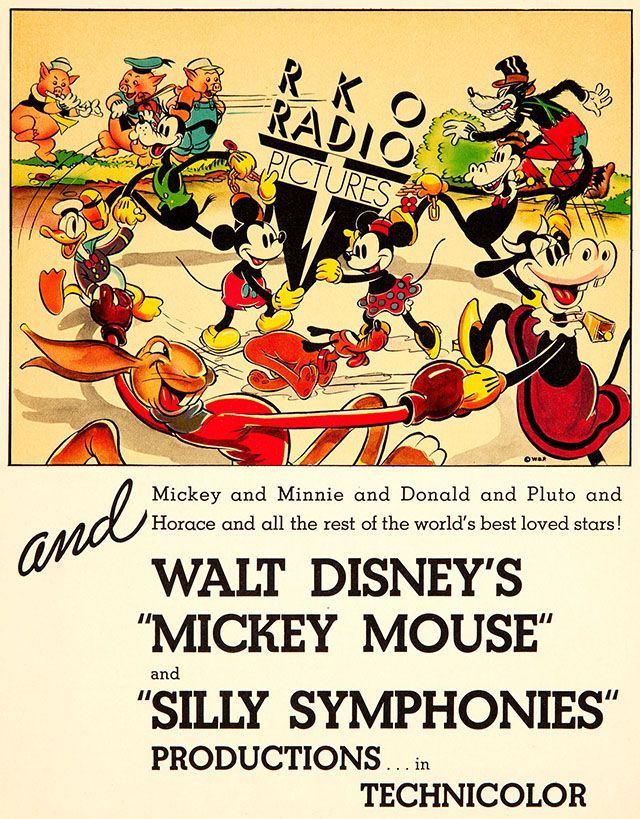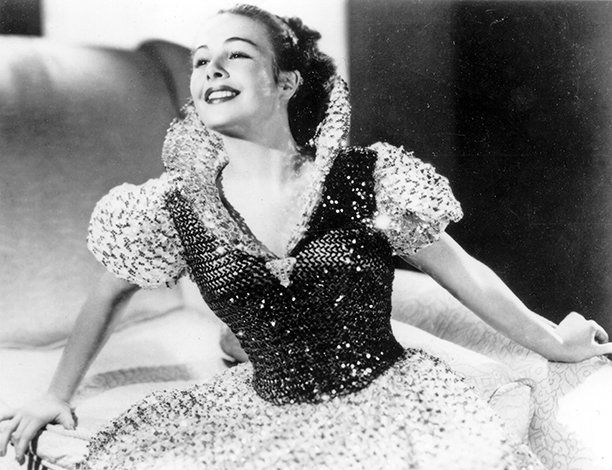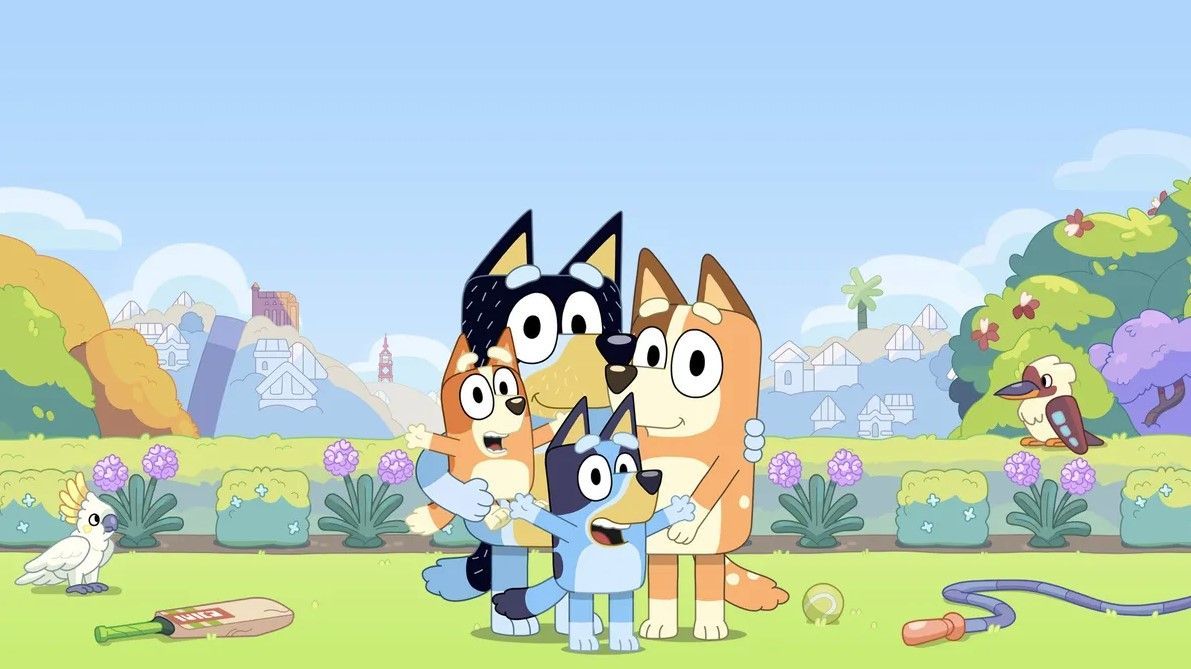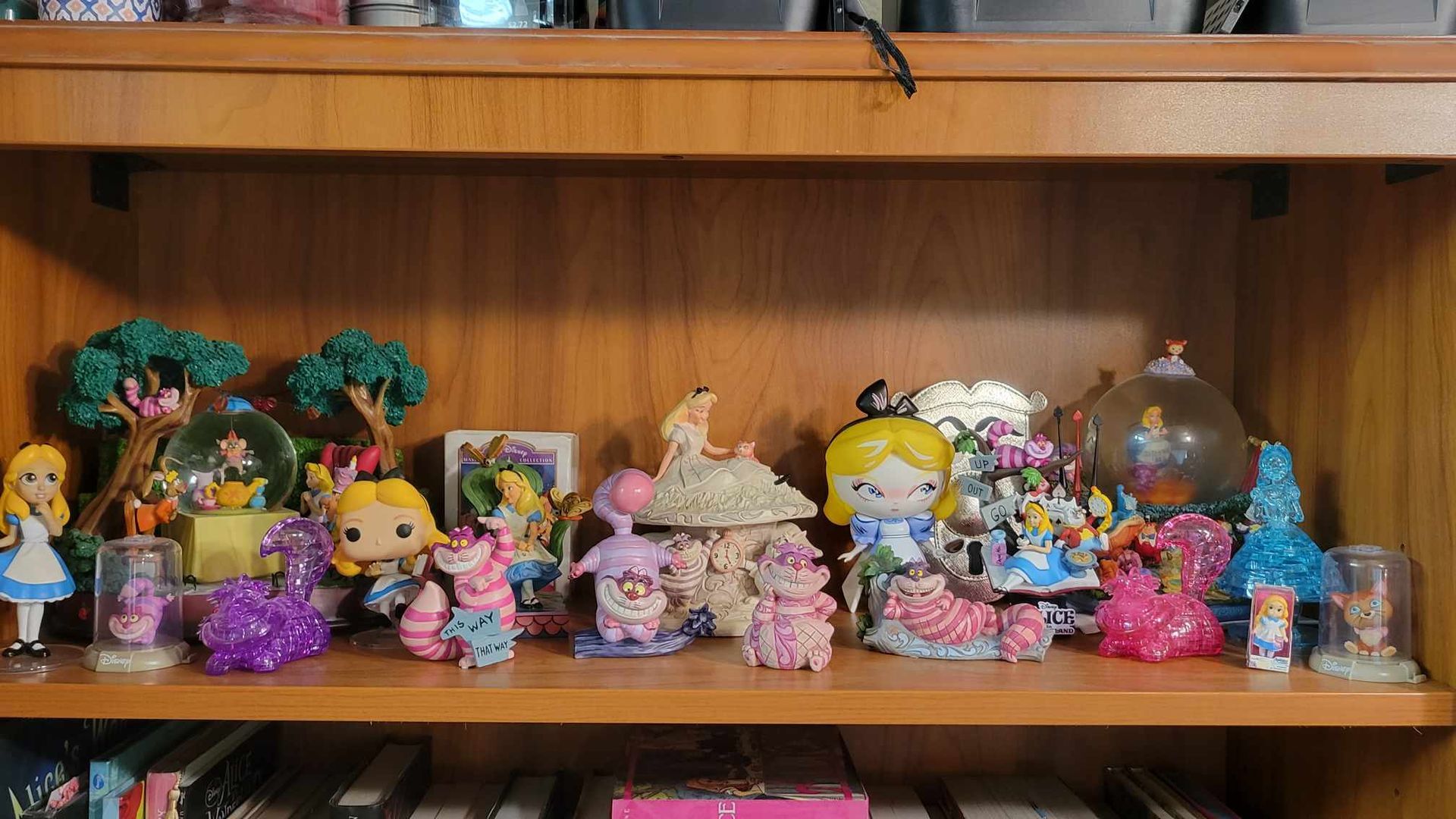Craig D. Barton is a creative consultant, editor, and writer, having written for and consulted on multiple Disney Editions books and various other projects. Besides being a self-described "DisNerd," Craig is an advocate for all arts, loves travel, movies, making his own eclectic music playlists, and, most of all, spending time with his family. Craig currently resides in Avondale, AZ with his lovely wife, quirky daughter, and neurotic yet lovable dog.
1936 - A New Deal and a Favorite Banker
by Craig D. Barton
"The Walt Disney Company: 100 Years in 100 Weeks," is the brainchild of Craig D. Barton, presenting weekly posts on the history of the Walt Disney Company. Each post will cover a specific year in Disney's history, featuring essays, shared articles, guest authors, and yearly timelines, all leading up to the company's 100th Anniversary on October 16, 2023. Previous posts in the series can be viewed here..
United Artists had been the home of Mickey Mouse and the Silly Symphonies for a while at this point, and the shorts had seen quite a bit of success under their banner. However, UA executives weren’t exactly brimming with excitement at the prospect of the Snow White project – while maybe not as vocal as other industry insiders of the time, they had their own doubts about a feature length animated movie, and the skyrocketing cost (Did we say $500,000? Let’s at least double that, shall we?) did little to dissuade detractors. On top of this, United Artists also wanted television rights to the Disney company’s features to be included in a new contract to be renewed in 1936. According to biographer Bob Thomas, Walt was against this, not necessarily because he saw added value to a new medium, but because “I don’t know what television is, and I’m not going to sign away anything I don’t know about.” RKO Pictures, founded in 1928, presented a much more appealing offer to the Disney Brothers, and in 1936, the studio formed a new partnership for distribution of both animated shorts and feature-length films. This partnership would be the longest standing distribution partnership for Disney, beginning in 1937 and lasting until 1954, when the studio began distributing its own films.

Regardless of who was distributing, production was continuing within the studio on the animated shorts and Snow White and the Seven Dwarfs, the latter of which was due to be released the following year. Production that required a large team of animators, in-betweeners, and ink and paint staff.
Among the staff (but in no way limited to the large team that poured heart and soul into the production) were animators that would make names for themselves in not only the Walt Disney Company, but in the animation industry itself – not a small feat considering the company name they represented! Talent and technique shone through, making the product that came out of the Disney studios the proclaimed works of art the world had come to love. Animators that included the likes of Art Babbit, Joe Grant, Les Clark, Marc Davis, Ollie Johnston, Frank Thomas, Milt Kahl, Eric Larson, John Lounsbery, Woolie Reitherman, and Ward Kimball would be key figures in the company for years to come; in fact, the latter nine young men, would be referred to in a much older term in later years, instrumental in animation releases in Walt’s time and beyond.

Above: Live-action model Marge (Belcher) Champion was instrumental in bringing Snow White (and many other characters) to life. Her work with the animation staff helped figure movement and style throughout the feature. Recalled Champion in later years, "I was a trained dancer and I was not an actress, but I could take direction and always had fun with it... It was a joy to get out of school for a day and go over to Disney and get $10 for my day."
As work continued, so did the naysayers. Critics could not see Walt’s full-length picture carrying the charm of his shorts, or holding the interest of the audience for such a long time. Not to mention, the money! Oh, the money he was pouring into the film – a cartoon at that! And of course, when money matters are at the center of a risky venture, bankers begin to worry. Roy informed Walt that the studios would need to borrow even more money in order to finish their fairy tale, and told him that they needed to show Bank of America executive Joseph Rosenberg footage from the unfinished feature. Show him something, ANYTHING, not just to show the progress that was being made, but also to show the completed pieces as collateral against the loan.
Walt remembered during his 1956 interview with Pete Martin, “I had always objected to letting any outsider see an uncompleted motion picture. And bankers to me were men after the fact. But Roy went ahead with the arrangements. However, on the appointed day my big brother had found something to do elsewhere. I had to sit alone with Joe Rosenberg of the Bank of America and try to sell him a quarter of a million dollars’ worth of faith. He showed not the slightest reaction to what he viewed. After the lights came on, he walked out of the projection room, remarked that it was a nice day—and yawned! He was still deadpan as I conducted him to his car. Then he turned to me and said, ‘Walt, that picture will make a pot full of money.’ To this day, he's my favorite banker.”
Walt’s favorite banker was one of the few outside the studio who supported his vision, but not the only one. As time ticked nearer toward release, words from an old supporter would help boost his spirits, and eventually a public that Walt knew best would prove just how wrong his critics were.
1936
- Silly Symphony "Three Orphan Kittens" wins Academy Award for Best Short Subject, Cartoon.
- Walt Disney Productions enters contract agreement with RKO Radio Pictures.
- "Donald and Pluto," a Mickey Mouse short, is released as the first Mickey Mouse short NOT to feature the titular Mouse.
1936 Animated Releases:
Silly Symphonies - Cock o' the Walk - January 9
Mickey Mouse - Mickey's Polo Team - February 5
Mickey Mouse - Orphan's Picnic - March 12
Mickey Mouse - Mickey's Grand Opera - April 9
Silly Symphonies - Elmer Elephant - May 14
Silly Symphonies - Three Little Wolves - May 27
Mickey Mouse - Thru the Mirror - June 18
Mickey Mouse - Moving Day - July 22
Mickey Mouse - Mickey's Rival - August 27
Silly Symphonies - Toby Tortoise Returns - September 23
Mickey Mouse - Alpine Climbers - October 28
Mickey Mouse - Mickey's Circus - November 11
Mickey Mouse - Donald and Pluto - December 12
Silly Symphonies - The Country Cousin - December 17
*"The Walt Disney Company: 100 Years in 100 Weeks" is a project conceived by Craig D. Barton and presented by Communerdy. It is in no way affiliated with The Walt Disney Company, and any opinions presented within its content are that of the author(s). For more updates, follow us on https://www.instagram.com/disney100in100/ .




